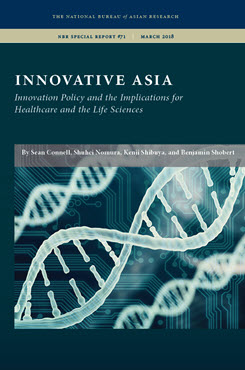Improving Population Health in the Era of Superaging
Japan's Challenges and Opportunities
This essay examines the changing characteristics of the burden of disease in Japan and provides recommendations for national and local policymakers to improve public health in a rapidly aging population.
EXECUTIVE SUMMARY
This essay examines the changing characteristics of the burden of disease in Japan and provides recommendations for national and local policymakers to improve public health in a rapidly aging population.
MAIN ARGUMENT
Japan established universal health coverage in 1961. Since then, it has achieved excellent population health at a relatively low cost, while offering universal access to healthcare across regions. Today, Japan is at the forefront of research and policymaking on population aging, confounded by a slowdown in the progress in improving population health, an increase in the burden of age-related morbidity, and growing health inequalities across prefectures. The development of Japan’s policies on aging can add perspective to debates that many countries are currently having or are likely to conduct. Now is an opportune time to take steps to ensure the sustainability and equity of Japan’s health accomplishments over the past 50 years.
POLICY IMPLICATIONS
- Further progress in improving public health in Japan primarily depends on the prevention of major modifiable risk factors for noncommunicable diseases, such as tobacco smoking, dietary risks, and metabolic risks.
- Promoting local and regional stewardship for integrated healthcare services will help more efficiently allocate resources and ensure that funding is sustainable in different local contexts.
- Enhancing the performance of health systems by using health information and communications technology can help identify current and potential bottlenecks and thereby improve the delivery of services and promote the efficient use of resources.


